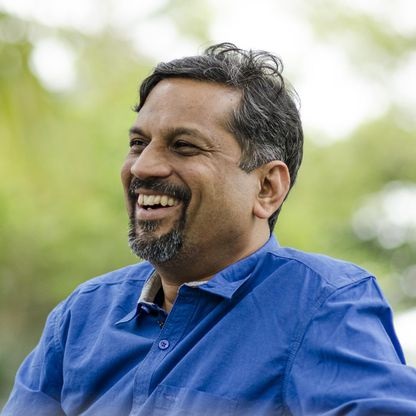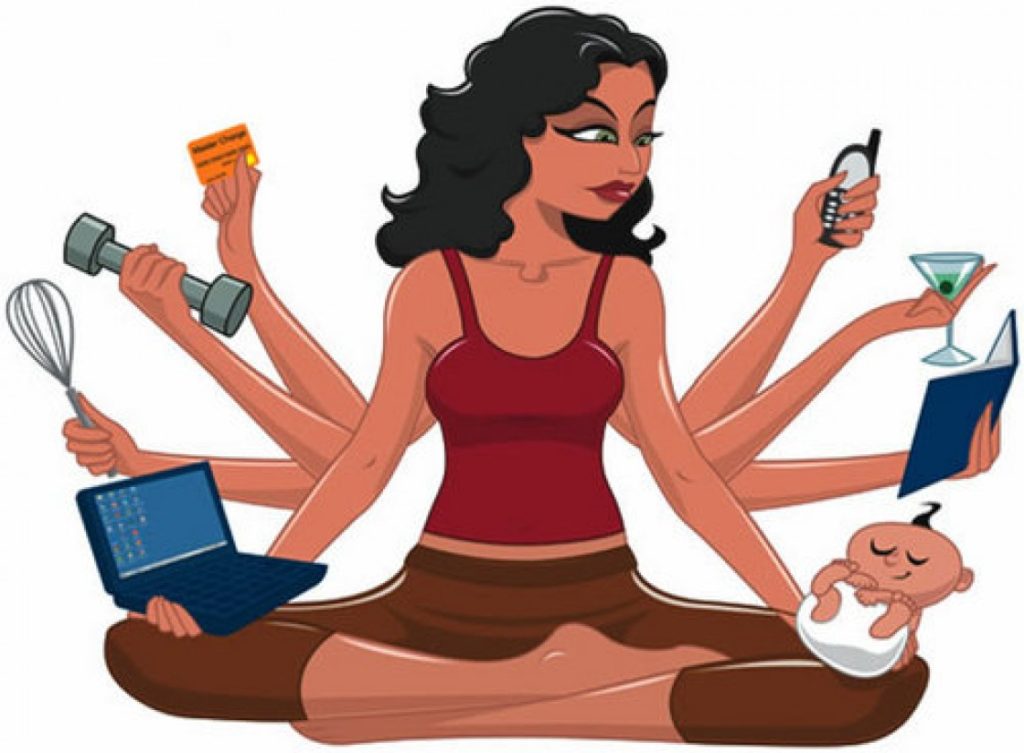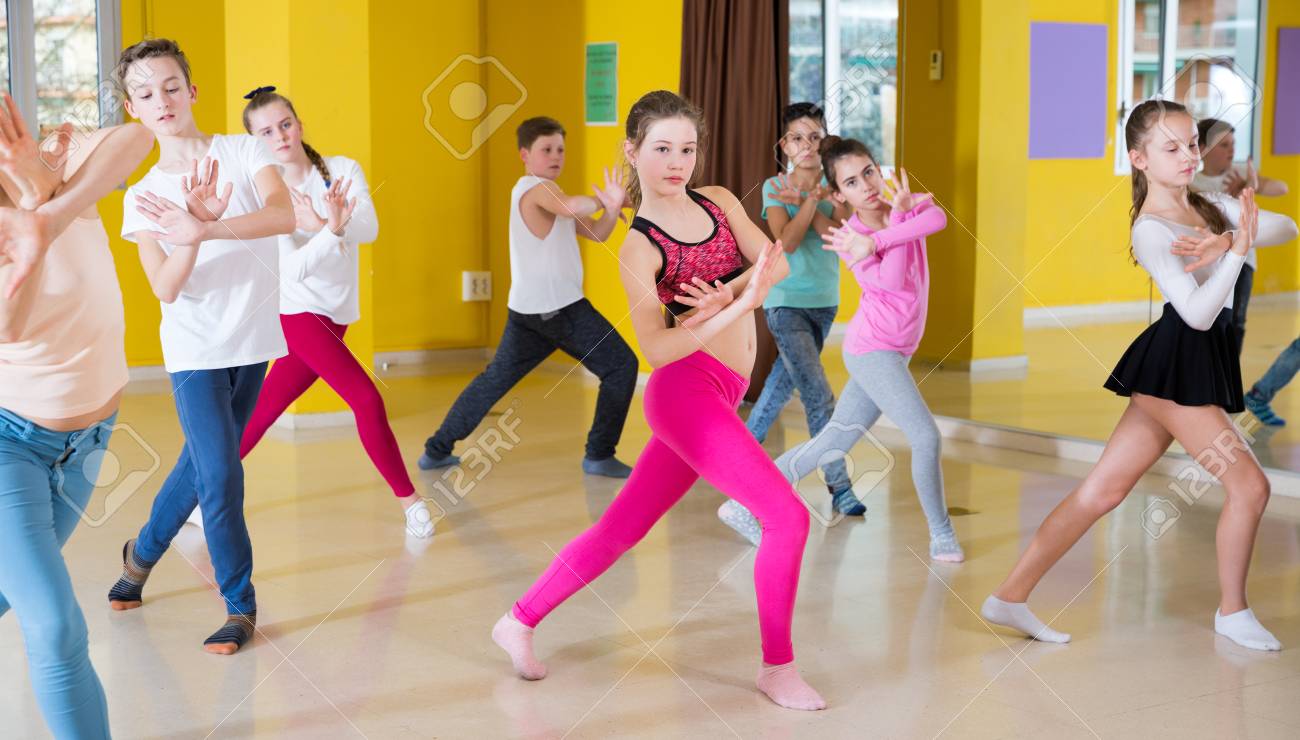Weddings in India
A wedding is one of the most celebrated occasions in any person’s life. Thus it is not surprising that every religion tries to make it a happening occasion! India is a land of enthusiastic citizens who believe in making every festival as glamorous and bright as possible. The wedding is thus an extremely important day for Indians! It is fascinating to learn about the various rituals and ceremonies that make up the wedding, including a few days before and after the wedding.
Indian weddings are popular just for the elaborate ceremonies that take place. Starting from the North Indian weddings, to the South Indian ones, and from the east to the west, India defines the occasion in a whole different way. They say that an Indian wedding is not a wedding of two people, but it is the union and wedding of two whole families! It is marked by the gathering and blessings of people all across the country.
A Bengali wedding
Bengali weddings are especially pleasing to study. They are marked by the various colorful rituals that take place, sometimes even days before the wedding takes place. The people in the eastern part of the country make sure that weddings turn out to be the most auspicious occasion every time. First and foremost, the Bengali marriages take place only in a few months of the year. The Bengali months of Bhadra, Ashwini, Paush, Chaitra and Karthik are considered inauspicious and no wedding ceremonies are held during this time. The most peculiar fact is that either the groom or the bride’s mother is not allowed to witness the long ceremony since there is a fear of bad luck.
In spite of these superstitions, the Bengali wedding blends together the different colors of their vibrant culture. The wedding is preceded by several rituals including Adan Pradan, Ashirbad, Al Buddo Bhat, Holud Kota and Vridhi. These are elaborate rituals performed by the families of the bride and the groom. The wedding day, in turn, has a truckload of rituals to be followed.
Rituals of the wedding day
Dhodi Mangal: This is a ceremony in which the bride or the groom is fed a meal of mainly rice, fish and curd. Previously, the bride and groom used to go to a nearby pond at the break of dawn and come back with a pitcher of water which was to be used for bathing.
Bor Jatri: Bengali weddings are mainly hosted by the family of the bride. So the bor jatri consists of the groom, his family and friends, all dressed up in traditional Bengali attires, and proceeding towards the bride’s house for the wedding rituals. They are welcomed with open arms by the girl’s family.
Bor Boron: When the groom reaches the wedding location, he is welcomed by the mother and the family of the groom by presenting the earthen lamp and husked rice on a bamboo winnow. Thereafter, most part of the ‘bor jatri’ is welcomed in a similar fashion.
Potto Bastra: This is a ritual where the groom is offered new clothes by someone from the bride’s family. He is usually seated at the wedding alter now.
This brings us to the next part of the ceremony. Wedding pidis are common in this part of the world. The bride is seated on a low flat stool, called the pidi, and is carried to the wedding alter by her brothers in the family. The piri is then rotated for a few times before she is made to sit down beside the groom.
Thereafter starts the elaborate wedding process. As the bride and the groom are seated at the altar, around a burning fire, the priest seated near them, recites the prayers called the mantras. The families of the two people surround the altar.
Mala Badal: This is the first step where the bride and the groom accept each other by exchanging garlands. This process is repeated thrice.
Subho Drishti: After the mala badal ceremony, the bride and the groom are made to look at each other in front of the assembled guests. This resembles their acceptance in society.
Saat paak: This is one of the most important parts of a Bengali wedding. Here, the bride and groom are made to stand up. Some part of the clothing of the groom and one edge of the saree of the bride are tied together in a knot and they are made to walk around in circles around the fire, as the priest presides over the chanting. This goes on for seven rounds. The observers bless them with flowers during this time. The significance of this ritual is to bind the two people together forever. Also, each round or paak is accompanied by a promise made by each of the bride and the groom to be with each other during happiness and sickness. The fire God or Agni is made to be the witness of this sacred ceremony.
Anjali: In this ritual the bride and groom are made to stand up again and the bride is usually holding some puffed rice in her hands. The groom holds her hands from her back and they make this offering of puffed rice to the fire.
Sindoor Daan: This is the most important part of the ceremony. Here, the groom applies a pinch of vermilion or sindoor on the parting of the bride’s hair. This is the most essential symbol of marriage. The bride is thereafter expected to wear the vermilion everyday for the rest of her life. She then covers her head with a saree offered by the groom as a veil or ghomta. In olden days, a married woman was forever expected to wear vermilion on her head and keep the veil on, especially in front of her husband.
These make up the ceremony of a Bengali wedding. Once the wedding rituals are over, the processes of ‘biday’ and ‘kaal ratri’ take place. Taking different colors from the palette, a Bengali wedding paints a beautiful picture of the orthodox and celebrated Bengali culture and truly reflects its essence and beauty.














Leave a Reply